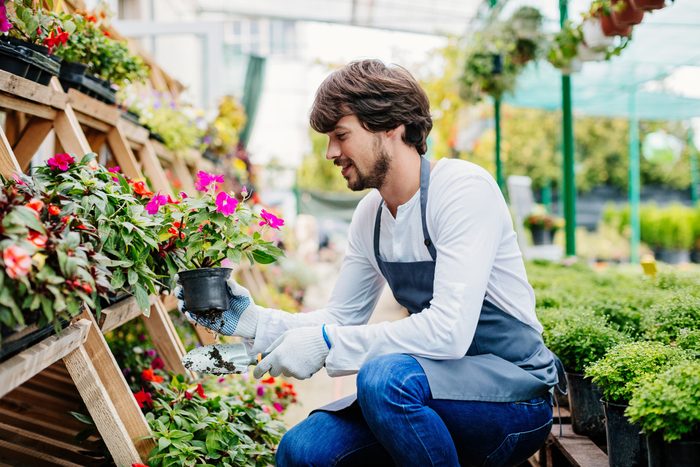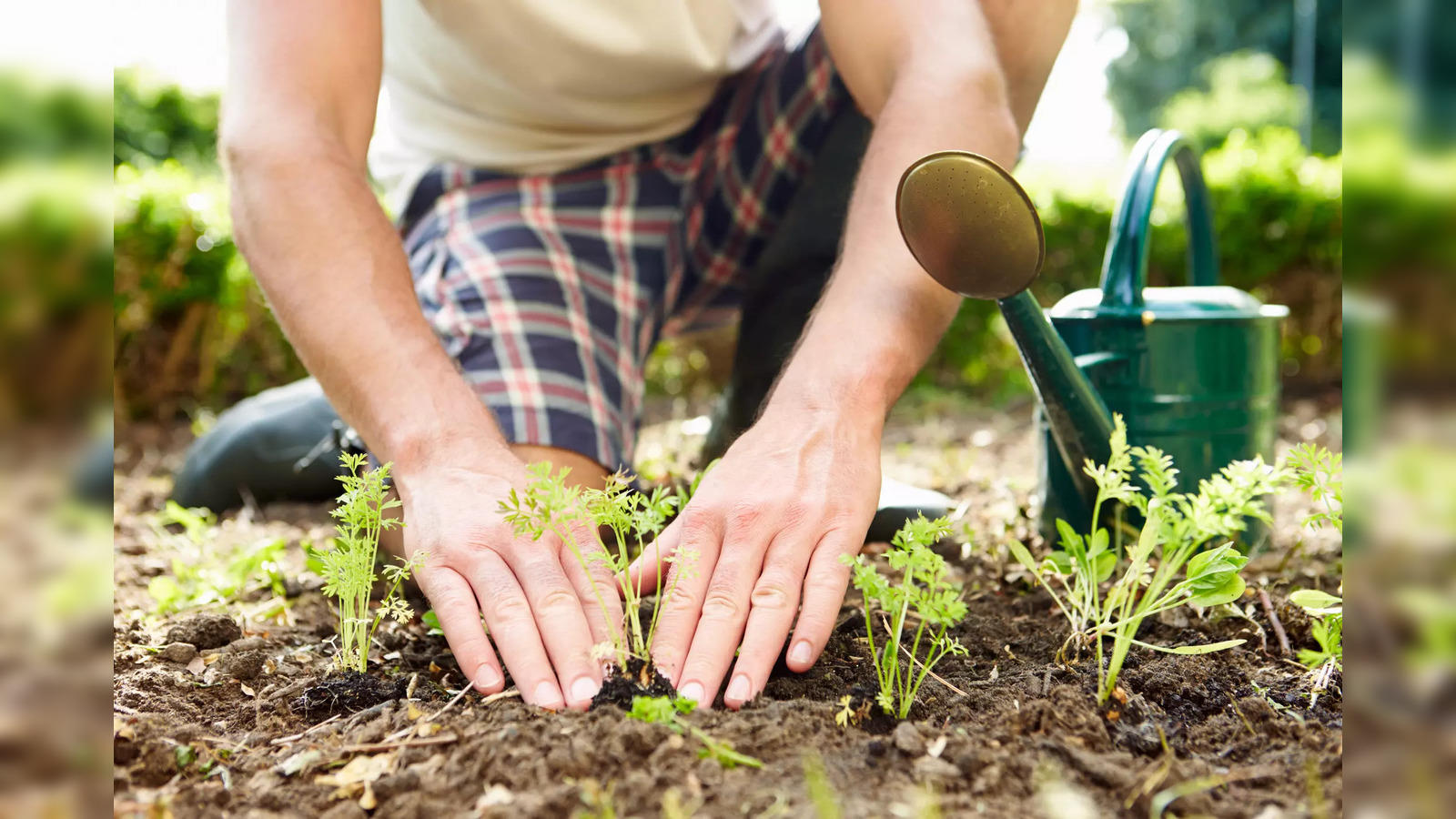Green Thumbs Unleashed: Vital Newbie Gardening Techniques for a Flourishing Garden
Wiki Article
From Amateur to Green Thumb: A Step-by-Step Trip Through the Art of Horticulture

Understanding Your Horticulture Area
To start your gardening trip, it is essential to recognize the special qualities and constraints of your horticulture space. Take a minute to observe your surroundings. Is your room large or tiny? Is it subjected to full sunlight or does it receive partial color? Are there any details difficulties you may face, such as bad dirt high quality or minimal water schedule? Comprehending these factors will certainly aid you make notified choices regarding the sorts of plants that will certainly flourish in your space.Take into consideration the size of your gardening area. If you have a tiny room, you may need to concentrate on container horticulture or vertical gardening to maximize your growing area. On the various other hand, if you have a large room, you have the luxury of planting a variety of plants and producing different zones within your garden.
If your area is shaded, you can choose for shade-loving plants like hostas or ferns (newbie gardening). If your room receives full sunlight, you can grow a broad range of plants, including flowers, natural herbs, and veggies.
Lastly, consider any kind of difficulties or constraints particular to your space. You might need to modify it with garden compost or choose plants that are tolerant of less-than-ideal conditions if your dirt high quality is poor. You can opt for drought-tolerant plants or carry out water-saving strategies like mulching. if water is scarce.
Picking the Right Plant Kingdoms for Your Garden
Select plants that are appropriate to your yard's unique problems and your individual choices. When selecting plants for your garden, it is necessary to take into consideration aspects such as sunlight, dirt type, and environment. Take a look at the quantity of sunshine your yard gets throughout the day. Some plants thrive in complete sun, while others favor partial or perhaps full color. Think about the dirt enter your garden too. Some plants prefer well-drained dirt, while others grow in clay-like or moist dirt. Furthermore, take into consideration the climate in your location. Some plants are much better fit for completely dry and warm climates, while others can endure chillier temperatures.It's additionally worth thinking about the maintenance level of the plants you select. Some plants need more care and attention, while others are more low-maintenance.
Preparing the Soil for Planting
First, evaluate the problem of your dirt to figure out if any changes or enhancements are needed. The top quality of your soil is crucial for the success of your garden. Start by inspecting the structure of the soil. Is it sandy, loamy, or clayey? Sandy soil drains pipes quickly, while clayey dirt keeps water. Loamy dirt is the ideal balance in between the 2. Next, check the pH degree of your soil. helpful site Most plants choose a slightly acidic to neutral pH, around 6.0 to 7.0. If your dirt is as well acidic or alkaline, you may require to change it using soil amendments such as lime or sulfur. In addition, you must think about the nutrient web content of your soil. If any kind of vital nutrients are lacking, Conduct a dirt test to establish. This will aid you choose which plant foods or raw material to add. Last but not least, make sure that your dirt is well-draining. Badly drained pipes dirt can result in waterlogged origins and other plant health and wellness problems. If required, boost drain by adding raw material like compost or peat moss. By assessing and making required modifications to your soil, you can produce an optimum setting for your plants to flourish.Nurturing and Preserving Your Yard
Make certain to water your plants deeply, permitting the water to penetrate the soil and reach the roots. Normal weeding is likewise important to keep your yard totally free from undesirable plants that contend for nutrients and room. Routinely inspect your plants for any indicators of invasion or ailment and take instant action to avoid further damages.Troubleshooting Common Horticulture Issues
If you see chewed fallen leaves or plants that are wilting for no obvious reason, you might have a bug infestation. If your plants have actually yellow or tarnished leaves, they might not be obtaining sufficient nutrients. Get rid of influenced plants and treat the remaining ones with natural fungicides or chemicals.Final Thought
By recognizing your horticulture space, picking the right plants, preparing the soil, and supporting your garden, you have overcome usual gardening issues like a pro. Now, equipped with understanding and experience, you are prepared to enjoy the beauty and abundance of your thriving garden.
When selecting plants for your garden, it is vital to consider aspects such as sunshine, dirt kind, and environment. Some plants choose well-drained click site soil, while others flourish in moist or clay-like dirt (newbie gardening). By comprehending your horticulture space, picking the right plants, preparing the soil, and supporting your yard, you have actually conquered typical horticulture issues like a pro
Report this wiki page